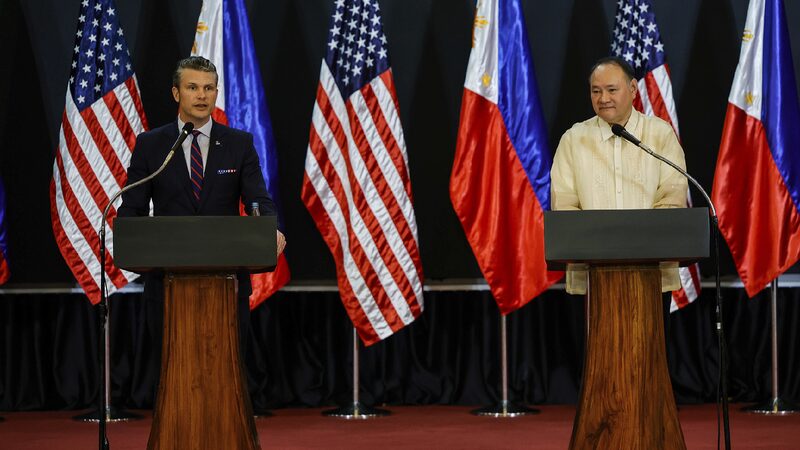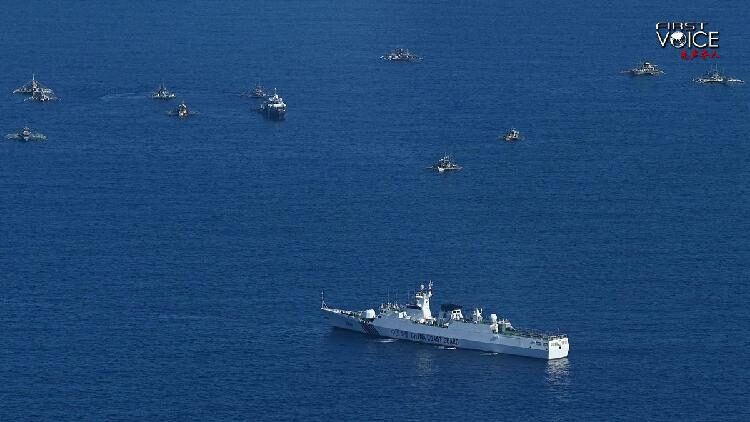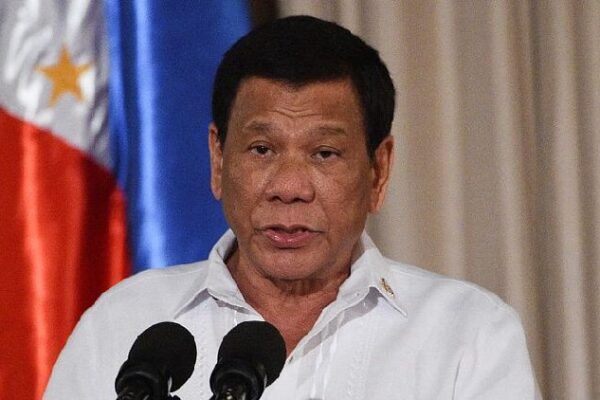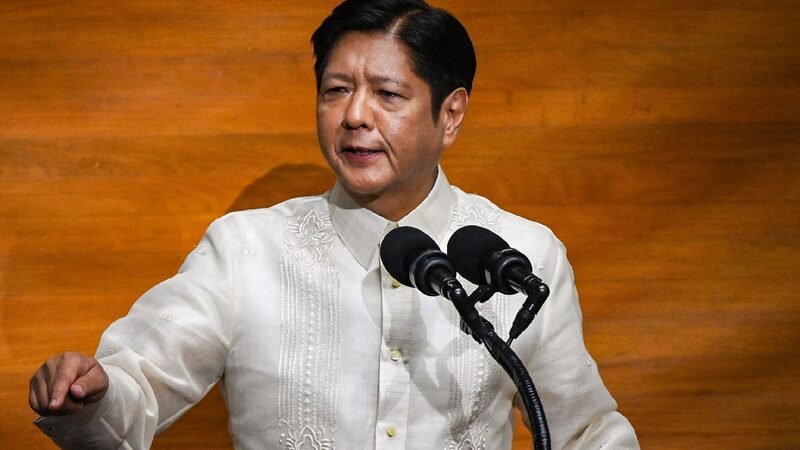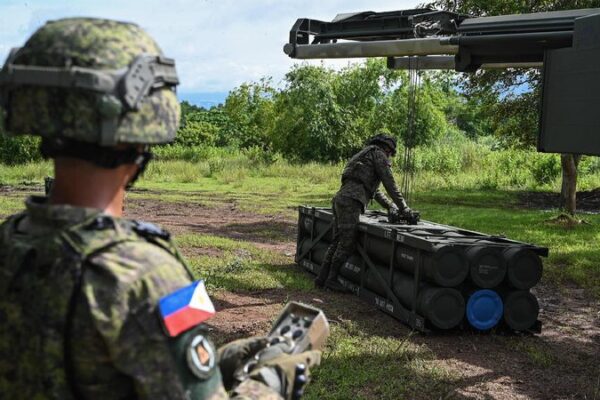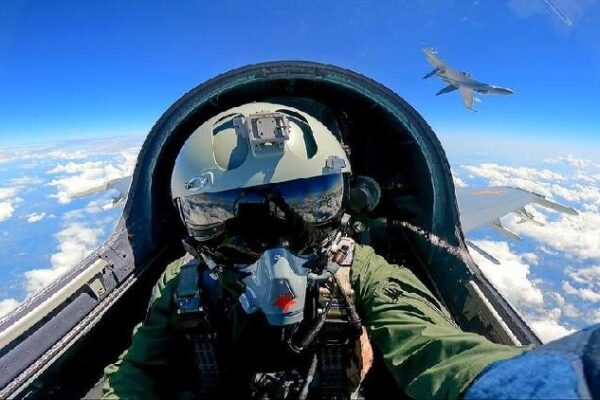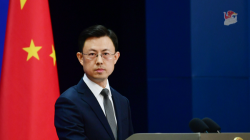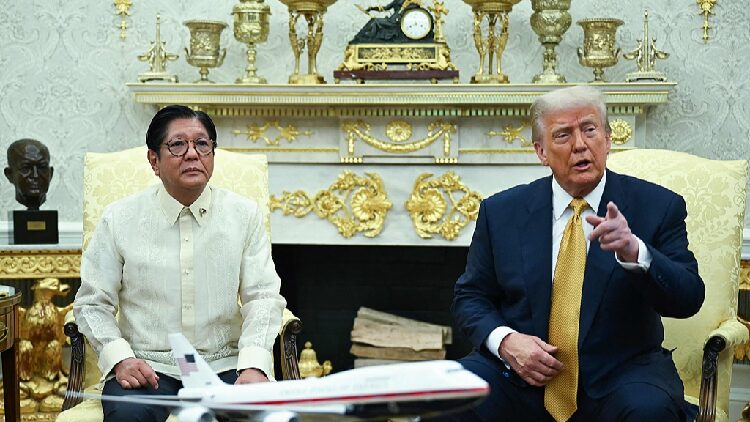The Philippines is strengthening its alliance with the United States amid rising tensions in the South China Sea. Recent diplomatic and military engagements between the two nations signal a deepening partnership that could have significant implications for regional stability.
U.S. Defense Secretary Lloyd Austin’s recent visit to Manila highlighted the growing cooperation. During meetings with Philippine President Ferdinand Marcos Jr., both parties reaffirmed their commitment to mutual defense and discussed plans to enhance joint military exercises and defense capabilities.
“Our alliance with the United States remains vital to maintaining peace and stability in the region,” President Marcos stated. “We are exploring ways to further strengthen our cooperation in various areas, including defense and security.”
The renewed focus on the alliance comes as the South China Sea continues to be a focal point of maritime disputes. The strategic waterway, rich in resources and critical for international trade, has seen increased activities that have heightened concerns among neighboring countries.
Experts suggest that the closer ties between the Philippines and the U.S. are aimed at bolstering the country’s defense capabilities. However, some analysts caution that such moves could escalate tensions in the region.
“While enhancing defense is important, it’s crucial for the Philippines to balance its relationships and promote dialogue to ensure regional stability,” said Dr. Maria Santos, a political analyst specializing in Southeast Asian affairs.
The potential deployment of advanced defense systems and increased military presence has been met with mixed reactions domestically. Many Filipinos support strengthening national security, while others fear that the nation could become entangled in larger geopolitical rivalries.
As the Philippines navigates its strategic partnerships, the international community watches closely. The decisions made today could shape the future of the region, impacting not only the countries directly involved but also the broader dynamics of the Indo-Pacific.
The path ahead requires careful consideration and diplomacy to ensure that efforts to enhance security do not inadvertently contribute to regional instability.
Reference(s):
cgtn.com
